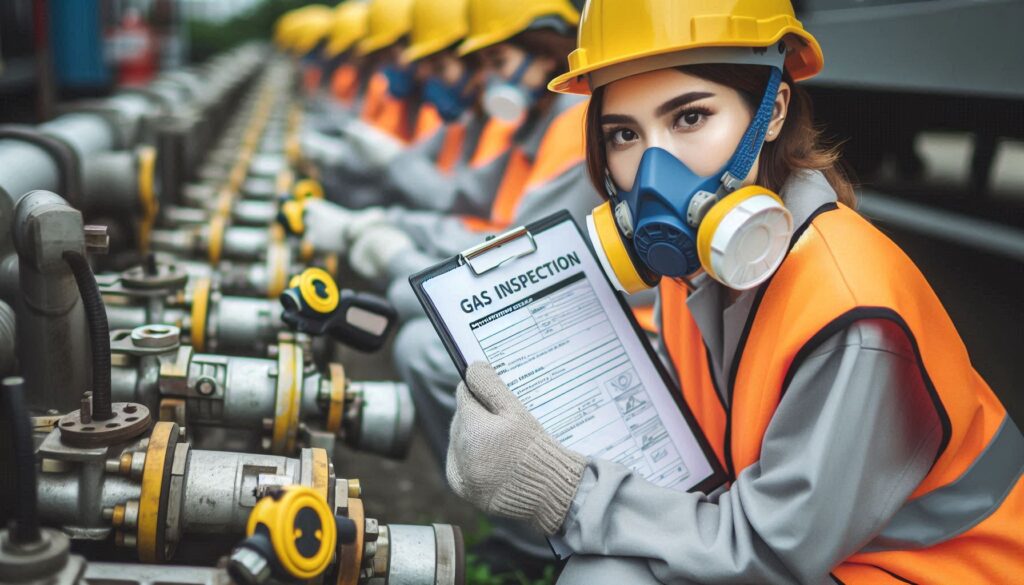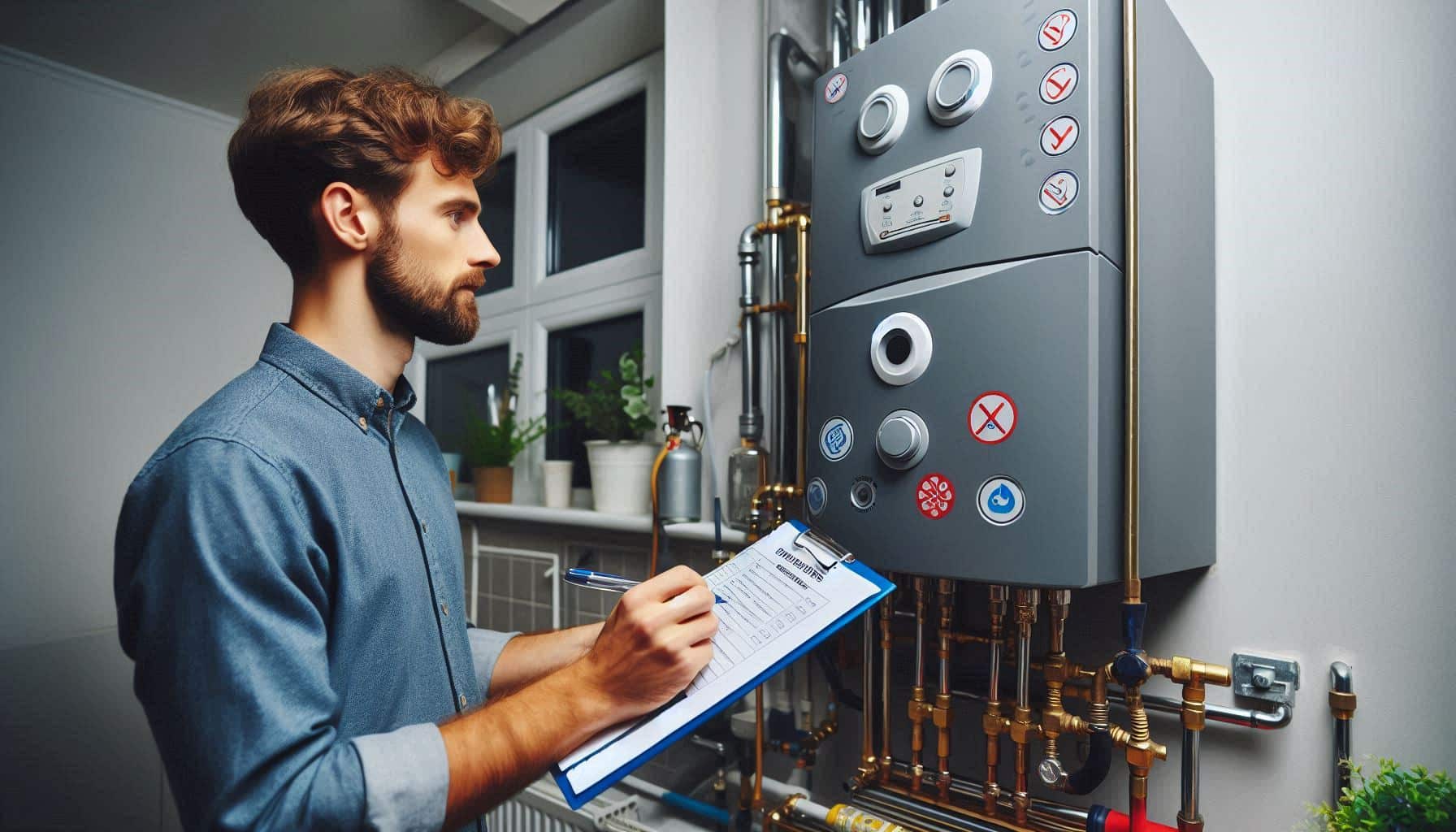
When landlords in London book a gas safety certificate inspection, they often ask, “What does the engineer actually check?” That’s a fair question. Therefore, having a clear gas engineer checklist not only helps you understand the gas inspection process but also allows you to prepare your property effectively and ensure full compliance with UK laws.
In this detailed guide, we’ll walk you through each step that a Gas Safe engineer takes during a certificate visit—covering boilers, hobs, flues, ventilation systems, and more. As a result, by the end, you’ll clearly understand what to expect, why each check matters, and how to remain compliant in London’s highly regulated and competitive rental market.
Before the engineer arrives, it’s essential to prepare your property properly. To begin with, good preparation helps streamline the inspection process. On the day of the visit, an efficient gas inspection process typically begins with the following steps:
By taking these steps in advance, you not only support your gas engineer checklist but also help avoid unnecessary delays. Ultimately, proper preparation leads to a smoother inspection and faster compliance.
Once inside, the gas engineer follows a rigorous gas inspection process to confirm that gas appliances operate safely:
After each test, the engineer logs results, marking pass/fail and noting any corrective actions required. This part is essential within your gas engineer checklist.
Next, they conduct a tightness test:
• Shutting off gas supply and monitoring pressure drop over time to detect leaks in pipework
• It ensures the property’s gas system remains airtight
This step reduces the risk of undetected leaks that can lead to carbon monoxide or fire. It’s a vital item on the gas engineer checklist.
Airflow and flue checks are critical—especially in London properties where space and ventilation may be limited.
• Flue terminal condition: The engineer assesses positioning, blockage, or bird nests.
• Carbon monoxide (CO) testing: They use a flue gas analyser to measure CO levels and combustion efficiency.
• Ventilation openings: They inspect vents to ensure adequate airflow to remove hazardous gases.
During this stage of the gas inspection process, the engineer ensures proper exhaust and avoids CO build-up—key to safe, sustainable operation.
Modern appliances include safety mechanisms. The gas engineer verifies these, including:
• Flame failure devices: They test that the gas supply shuts off if flame goes out.
• Pressure relief valves: Confirm release mechanisms work if pressure gets too high.
• Automatic shut-off alerts: For fault conditions or gas loss.
This part of the gas engineer checklist is crucial to compliance under UK regulations and tenant protection.

As part of the gas inspection process, engineers don’t just focus on appliances—they also evaluate how well your property handles airflow.
• Air inlet grills: Engineers inspect each grill to ensure it’s not blocked, sealed, or covered by paint. Clear inlets are essential for safe ventilation.
• Room volume check: They calculate the size of the room to confirm it meets the ventilation requirements for your gas appliances.
Even in newer London flats, poor airflow can reduce appliance efficiency and increase safety risks. By including ventilation checks in the gas inspection process, engineers help you stay compliant and keep tenants safe.
Before concluding, the engineer evaluates:
All declared observations become part of your gas inspection process, documented in the Gas Safety Certificate (CP12). Any issues are flagged as C1 (danger present), C2 (potential danger), or C3 (advice only).
Once testing is complete:
This final document is the cornerstone of your gas engineer checklist and ensures you meet London landlord regulations.
As the final step in the gas inspection process, the engineer shifts focus to actionable improvements that enhance safety and efficiency.
• They may recommend upgrading ventilation systems, especially if ducting is outdated or insufficient.
• You might also be advised to clean or replace cooker hood filters for better airflow.
• In some cases, the engineer could suggest replacing old gas appliances to ensure continued compliance with current safety standards.
By acting on these recommendations, you not only stay compliant but also maintain a safer and more reliable property year after year.
To avoid pitfalls, ensure the following year-round:
• Schedule annual inspections well in advance of certificate expiry
• Archive all previous inspection documents digitally or in hard copy
• Add ventilation tests and filter maintenance to your gas inspection process checklist
• Keep communication open with tenants about gas appliance safety
A living gas engineer checklist helps you prevent emergencies and avoid legal issues, particularly in London boroughs with strict safety enforcement.
Understanding what a gas engineer inspects—and why—provides clarity and confidence. From appliance ignition to ventilation checks, this gas engineer checklist ensures your rental property complies with UK regulations and upholds high safety standards.
If you’re a London landlord, integrating the gas inspection process into your annual property care reduces risk, maintains tenant satisfaction, and protects your investment.

